The Irascibles: The Birth of American Abstract Expressionism
This photograph of New York-based Abstract Expressionist painters was published in Life magazine in January of 1951. The photograph, dubbed “The...
Tom Anderson 13 February 2025
Even if you haven’t been to Venice, you must be quite familiar with it from millions of picturesque (or picturesque-ish) photos flooding Instagram and Facebook, especially during summertime. You may also spot the city in paintings (if not, here are some examples)… Despite generalizations, Venice, its charm and irresistibility, has more than one facet, as the mind-blowing Spatialist works below suggest.
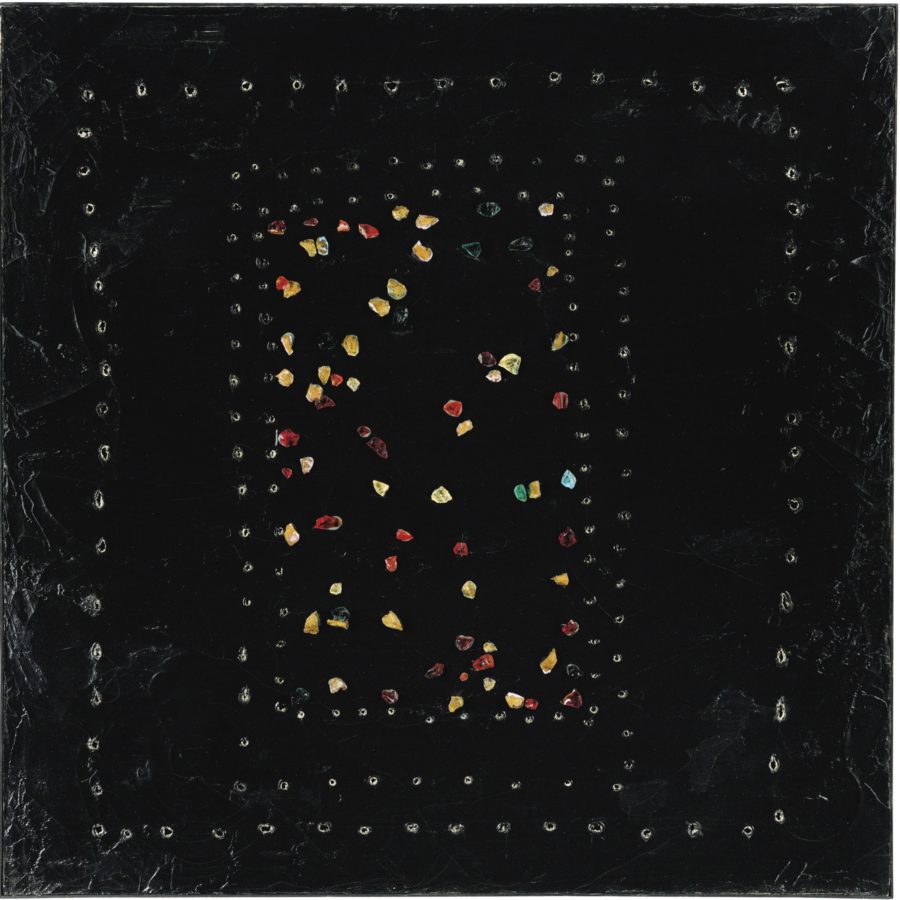
Lucio Fontana was a founder of the Italian movement of Spatialism, which can be considered a unique exponent of the European Informel painting and an Italian answer to American Abstract Expressionism. He wrote the manifesto of the movement in 1946 in Argentina, and a year later, he produced another one in Milan together with a few fellow artists with the same new vision of art as him that would unite space, time, color, sound, and movement. Using new technology and industrial materials like neon lighting, TV, radio waves, and aluminum, Fontana set off on a journey as he explored gestural painting. The climax of his artistic activity took place when he slashed his monochrome canvas, thus opening its two-dimensional plane onto a palpable and real third dimension and granting the painting’s surface with a quasi-mystical outer space.
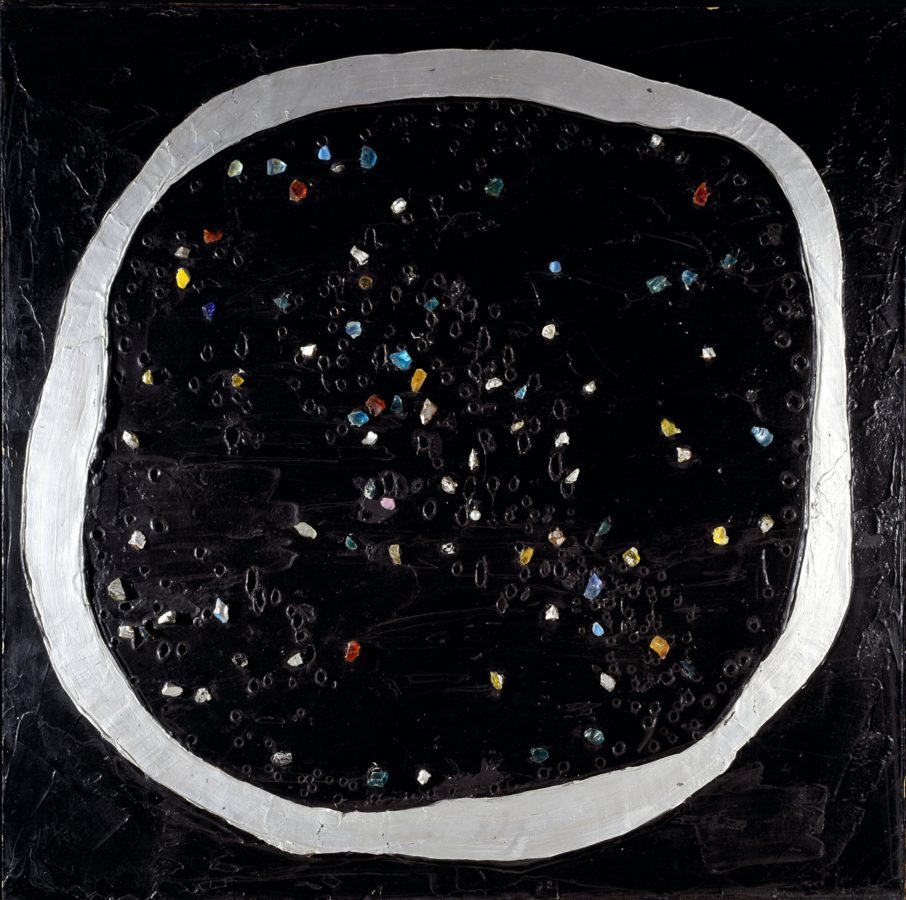
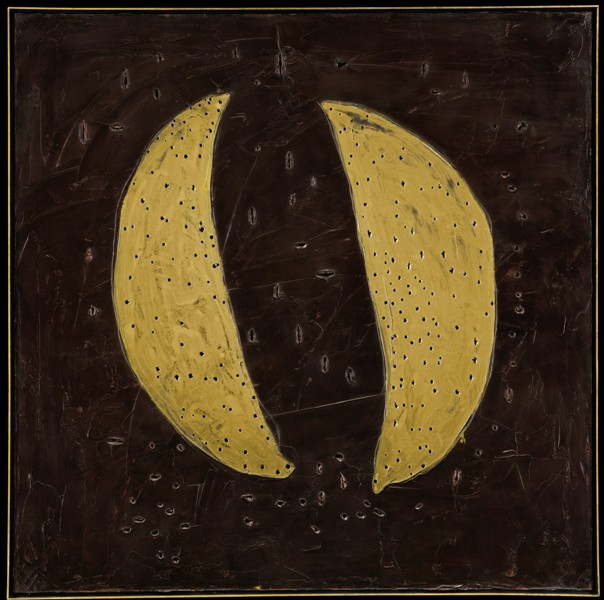
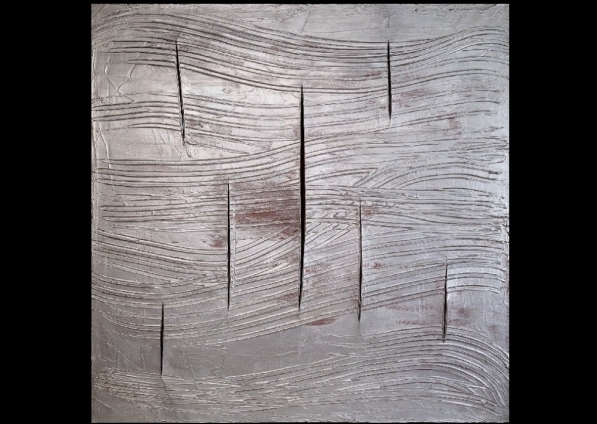
Fontana was invited to collaborate in an exhibition alongside artists such as Jean Dubuffet, Mark Rothko, and Sam Francis titled Art and Contemplation. He decided to focus on reimagining the magic of Venice. In an attempt to depict the Venetian sky, the lagoon, and the Baroque whorls and mosaics of Venetian churches, Fontana covered multiple canvases with thick paint, which he subsequently manipulated with his fingers and other tools to make furrows and vortices alluding to the sensual richness of the city. He even scattered bits and pieces of Murano glass on the canvas (see the first photo) to express the luminosity and color of the centuries-old Venetian glassmaking practice.
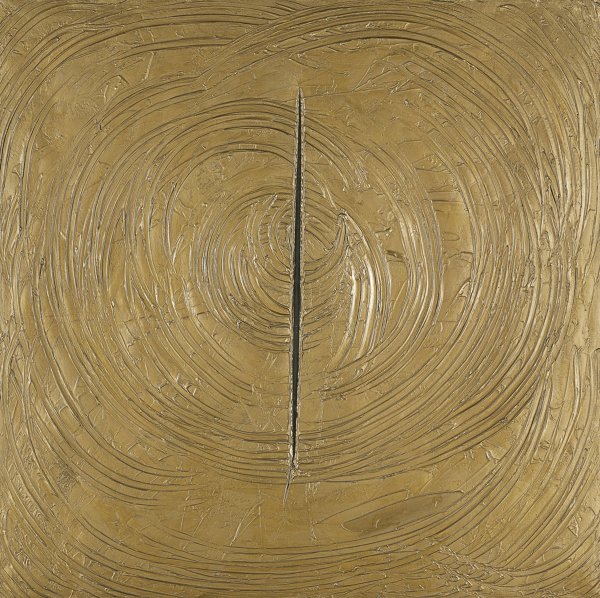
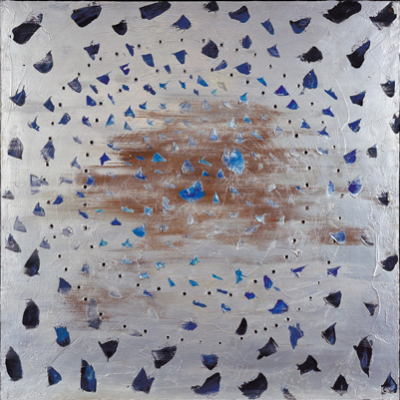
Fontana’s cycles of works bedazzled not only the Italian public. His glamor also reached American gallerist Martha Jackson, who invited Fontana over to New York. In November 1961, his first US solo exhibition opened with 15 of his artworks. Seeing the city for the first time, Fontana exclaimed: New York is more beautiful than Venice! Inspired again by the urbanscape, he set himself to work and produced another cycle. This time, it was all in metal. As he scratched, pierced, and slashed sheets of copper or aluminum, the unrelenting momentum of that very metropolis took shape: So different. Yet as aspirational as Venice.
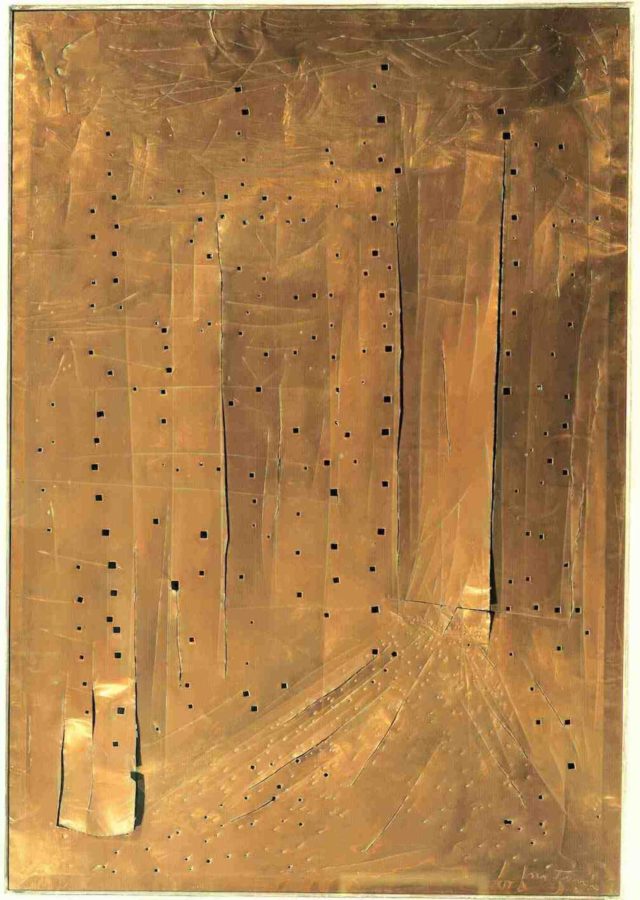
DailyArt Magazine needs your support. Every contribution, however big or small, is very valuable for our future. Thanks to it, we will be able to sustain and grow the Magazine. Thank you for your help!